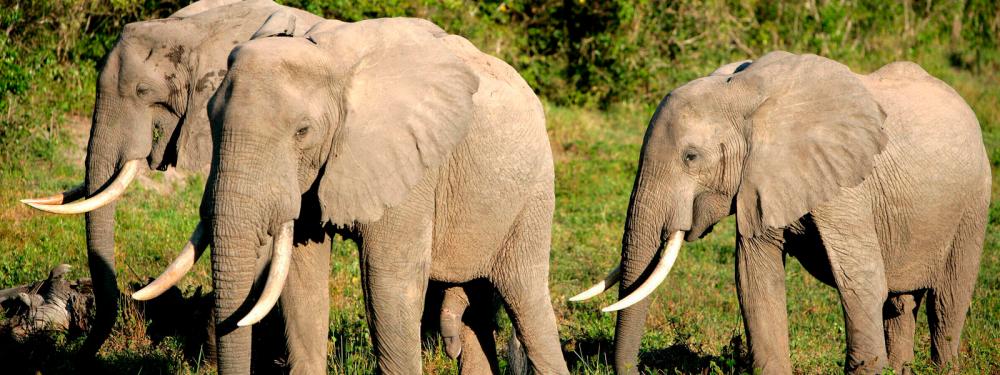THE world is filled with a rich array of biodiversity, but in recent decades, there has been a distinct rise in the number of species that have come under risk due to human activities. The International Union for Conservation of Nature (IUCN) has compiled an annual red list, which indicates that more than 41,000 species are under the threat of extinction.
Here, we decided to focus on 10 of the most unique or familiar species. While most of the creatures mentioned here are larger, mostly land-based species, there are also numerous smaller creatures, including bird or insect species, that are equally as important to their respective ecosystems.
Hopefully this list will serve as a stepping stone for you to discover more about the various creatures who share our planet, and why they all deserve to thrive.
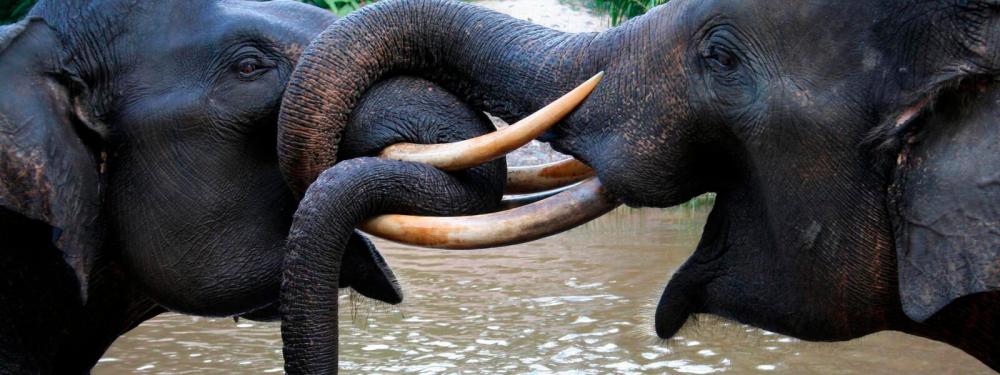
1. Elephant
Our list begins with the biggest land mammal of them all. In particular, there are two species that are listed as Critically Endangered – the African Forest Elephant and the Sumatran Elephant. Both species are responsible for the germination of various tree species, through seeds dispersed through their dung.
Despite originating from two separate continents, the causes of the reduction in their population numbers are for largely similar: loss of habitat due to deforestation, and poaching for their ivory. The population of the African Forest Elephant fell by 86% over the past three decades, and was recorded at less than 100,000 in 2022. The numbers for the Sumatran Elephant are more dire, recorded between 2,400 and 2,800 in total. One of the easiest ways to help the species is to report the sale of ivory or other animal parts.
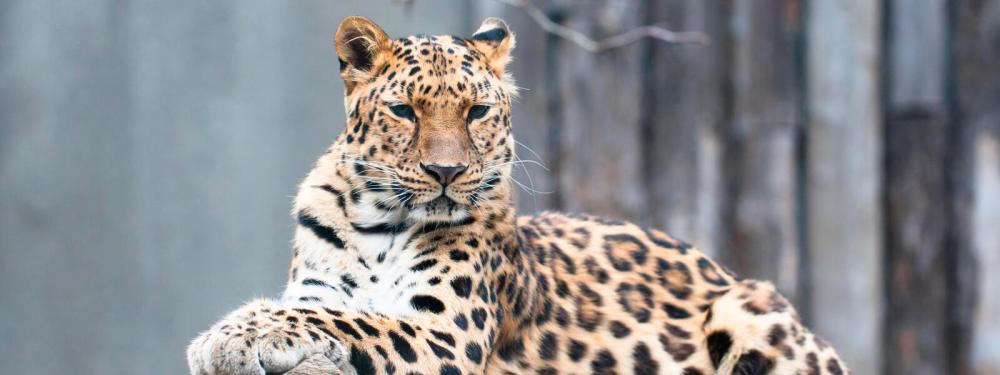
2. Amur Leopard
Found in the Russian far east, this majestic beast has evolved to adapt to the temperate forest environment. Once a vital predator species to the region, their numbers have been greatly reduced due to indiscriminate poaching for their beautiful, spotted fur, as well as a reduction in their typical prey such as roe deer, sika deer and hare. There are currently less than 90 Amur leopards left in the world. Conservation efforts got a boost in 2012 when the Russian government established a new protected area known as the Leopard National Park, but much more needs to be done to get the population back to a healthy number.
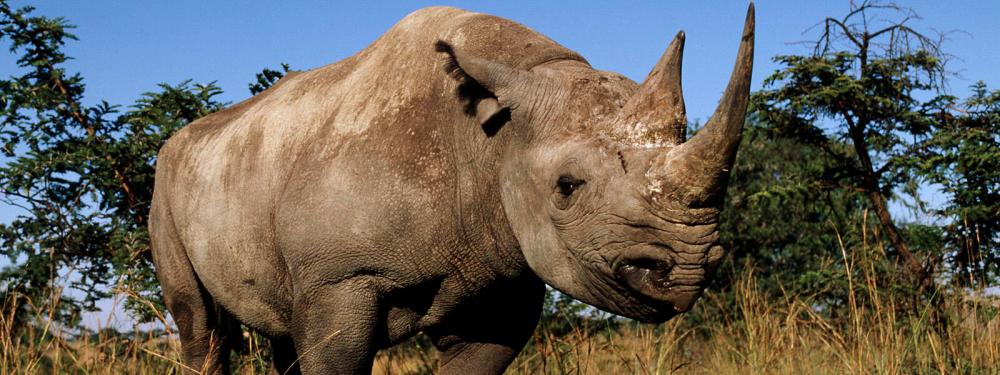
3. Rhino
There are a total of three rhino species that are Critically Endangered: the Javan Rhino, Sumatran Rhino and the Black Rhino. Both the Javan and Sumatran Rhino species are on a decline due to deforestation and poaching, with population numbers recorded at 60 and 80 respectively. While they once roamed an area that stretched from northern India to Southeast Asia, today they are living in national parks in Indonesia. Iman, the last Sumatran rhino in Malaysia, died in 2019.
In Africa, the Black Rhino was almost hunted to extinction by 1995, with its population reduced by 98% in just over three decades. Currently, due to valiant conservation efforts, their numbers have grown to 5,500, but more needs to be done to get the species to a healthy level.
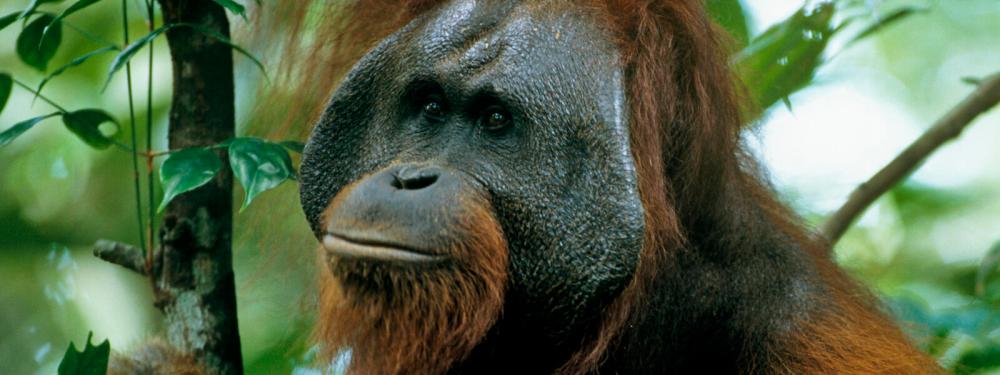
4. Bornean Orangutan
There are three subspecies of the Bornean Orangutan, which can be found in various areas of Kalimantan, as well as Sabah and Sarawak. A total of 104,700 orangutans remain, a rapid decline of almost half their number within the past 60 years. The reasons for this are deforestation and poaching, as well as the capture of juvenile wild orangutans for the pet trade. Orangutan populations live off the forest and play a critical role in seed dispersaly. Conservationists consider their reduced numbers a bellweather of worsening climate change, and while rehabilitation centres such as the one in Sepilok, Sabah have been able to return many displaced orangutans to the wild, there is still a long way to go.
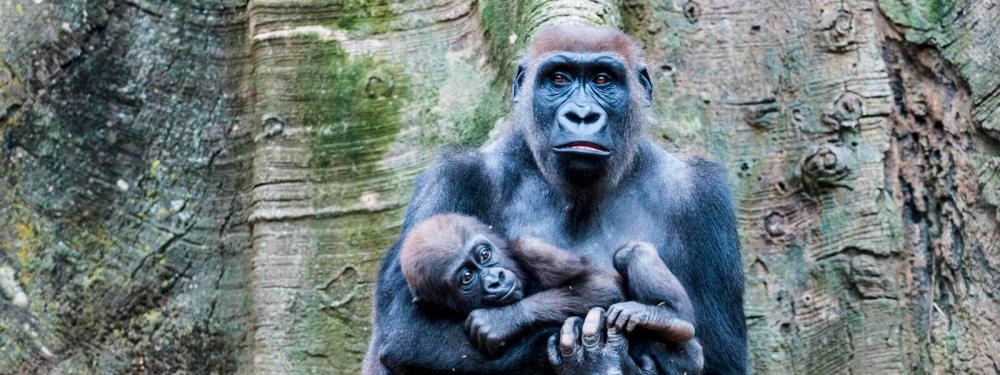
5. Gorilla
There are two Critically Endangered gorilla species in the African subcontinent: the Cross River Gorilla, found in parts of Nigeria and Cameroon, and the Eastern Lowland Gorilla, found in the Democratic Republic of Congo. Aside from the usual dangers of poaching and deforestation, efforts to conserve the Eastern Lowland Gorilla were interrupted due to years of political conflict. There were 17,000 individuals recorded in the mid-1990s, and scientists believe that since then, their numbers may have been reduced by half. Even so, their situation is not as dire as the Cross River Gorilla, which has a recorded population of 200-300 today. NGOs and various partner groups are working to establish safe zones for both species in their respective regions.
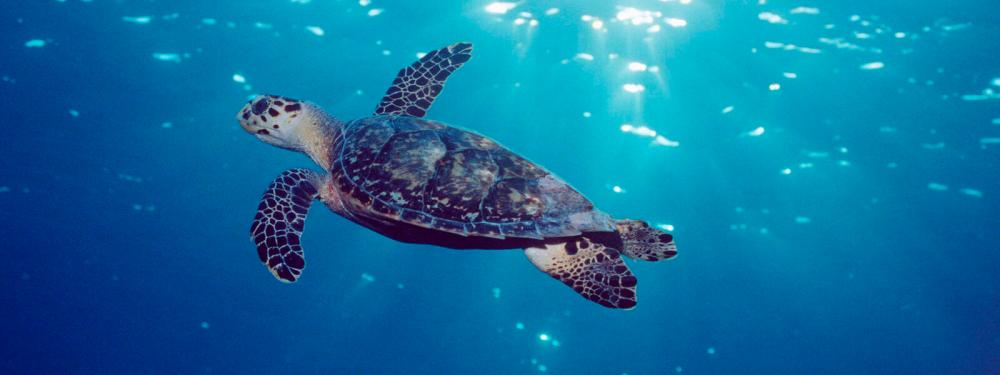
6. Hawksbill Turtle
One of the most recognisable ocean turtle species, the Hawksbill Turtle is crucial to helping maintain the health of coral reefs. However, their habitats are constantly in danger due to poaching for their shells, and as a result of becoming bycatch by fisherman. In order to get their numbers back to sustainable levels, NGOs have been advocating the elimination of the sale of their shells and an immediate reduction in overfishing.
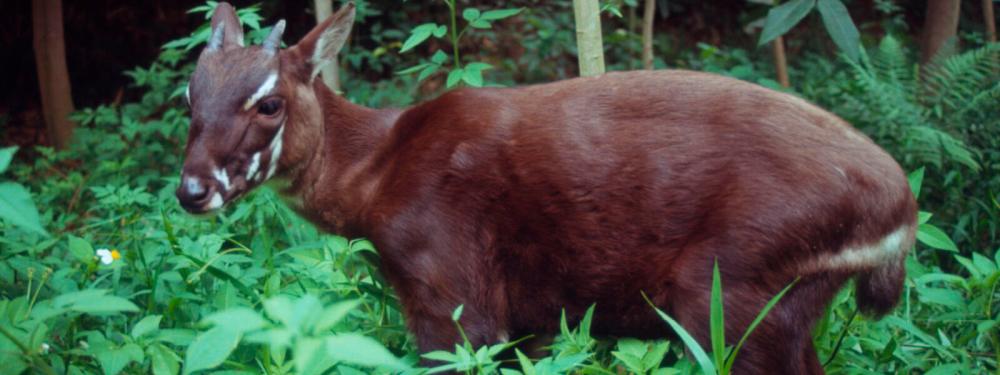
7. Saola
Once called “the Asian unicorn”, the Saola is currently found only in the Annamite Mountains of Vietnam and Laos. Once a vital part of the region’s wildlife, they have been almost wiped out due to poaching for traditional medicine demand and habitat reduction, and only a few dozen individuals are believed to live in the region today. Conservationists are racing against time to rescue the species, which is vital to maintain the biodiversity of the area.
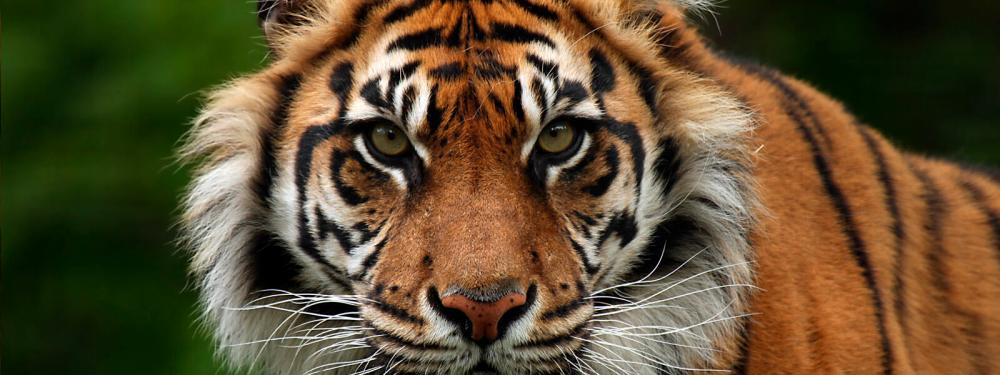
8. Sunda Tiger
Named after the Sunda islands of Indonesia where the species once thrived, today the Sunda tiger is only found in certain parts of Sumatra, with less than 400 individuals remaining due to poaching and the illegal wildlife trade, as well as habitat destruction due to agriculture and timber harvesting. Conservationists are working to establish safe zones in the forests to encourage re-establishing the tiger population, as it is an important predator species and vital to ensuring the balance in the region’s biodiversity.
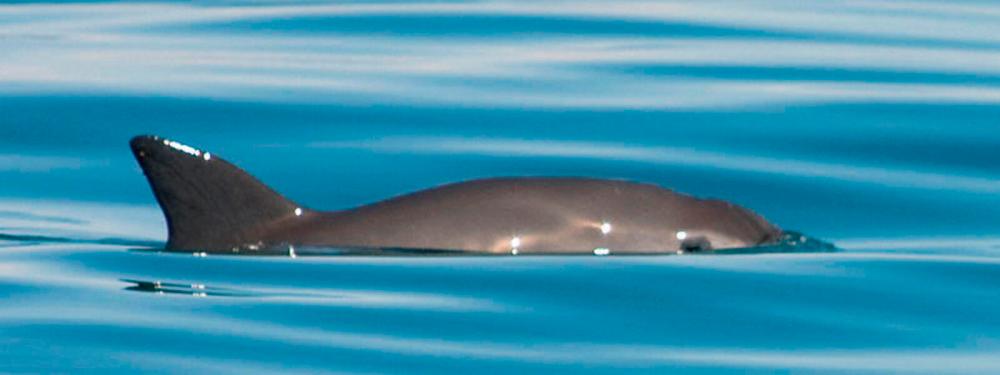
9. Vaquita
Quite possibly the most endangered species on this list, the Vaquita – a cetacean (aquatic mammal) – has only about 10 recorded individuals remaining, all located in the tiny zone of the Gulf of California. Illegal fishing over the past four decades greatly reduced their already modest numbers, and today, the remaining members of the species quickly swim away if a boat approaches. The status of the Vaquita is considered one of the most urgent, and conservationists are currently working with the Mexican government to establish measures that will reduce illegal fishing and allow the species to grow in size.
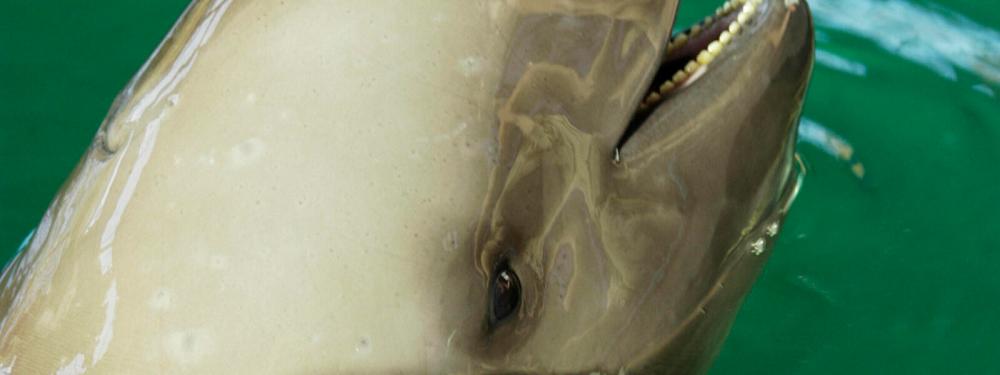
10. Yangtze Finless Porpoise
The last river dolphin species to be found in China’s Yangtze river, the Yangtze Finless Porpoise came to the attention of conservationists following the extinction of another Yangtze river dolphin species – the Baiji Dolphin – in 2006. Its current population is estimated to number between 1,000-1,800, but remains at risk due to overfishing and the destruction of its food supply.



